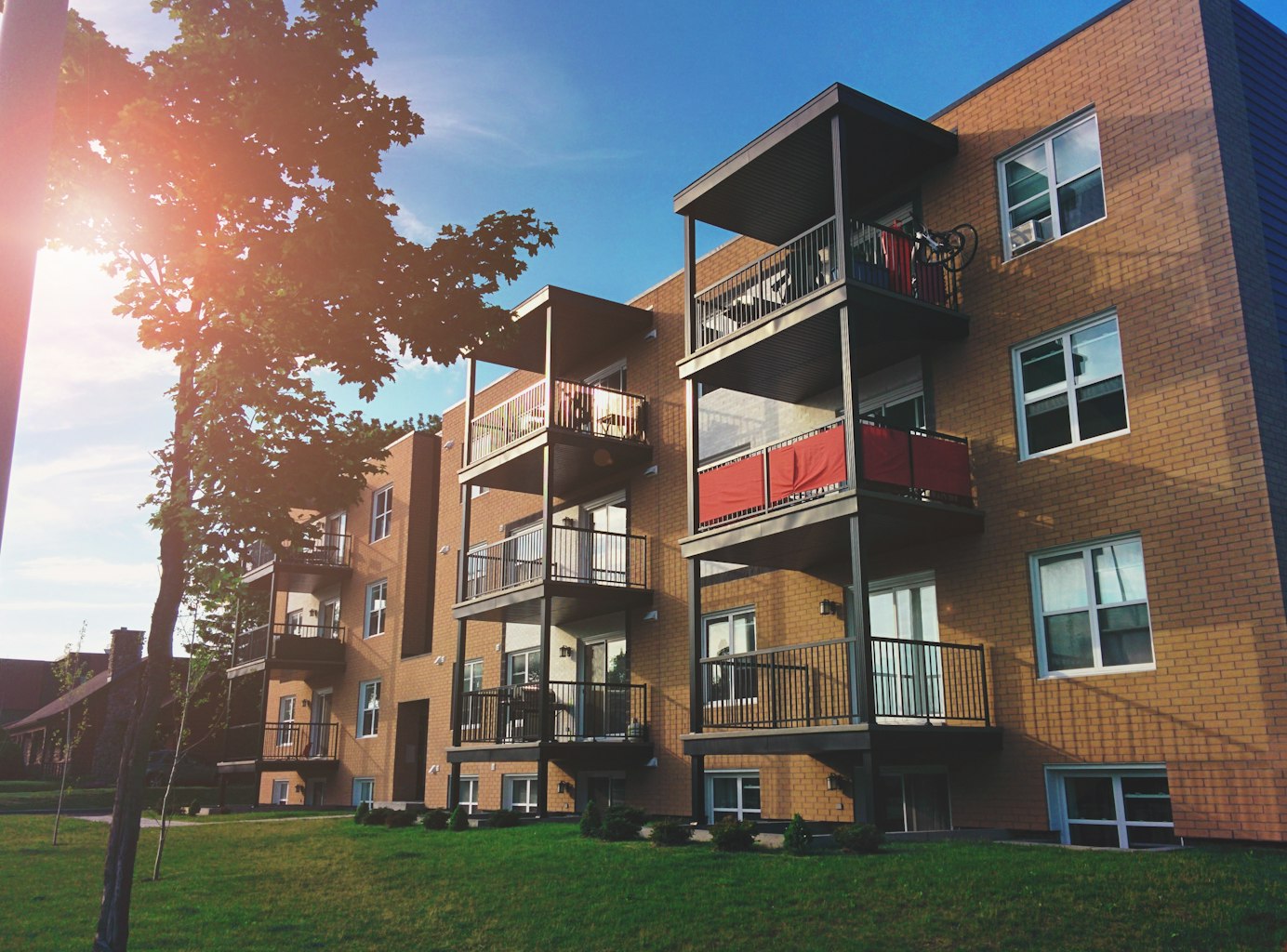How Much Is A Down Payment On An Apartment
When it comes to purchasing an apartment, one of the most significant financial considerations is the down payment. A down payment is the initial payment made by a buyer to secure a property, and it plays a crucial role in determining the affordability of an apartment. In this article, we will explore the factors that influence the size of a down payment, provide examples and case studies, and offer valuable insights to help you understand how much you may need to save for a down payment on an apartment.
Factors Influencing the Size of a Down Payment
The size of a down payment on an apartment can vary depending on several factors. Understanding these factors can help you plan and save accordingly. Here are some key considerations:
1. Loan Type
The type of loan you choose will significantly impact the down payment required. Conventional loans typically require a down payment of 20% of the apartment’s purchase price. However, government-backed loans, such as those offered by the Federal Housing Administration (FHA), may require a lower down payment, often as low as 3.5%.
2. Purchase Price
The purchase price of the apartment is a crucial factor in determining the down payment amount. As a general rule, the higher the purchase price, the larger the down payment required. For example, if you are purchasing a $300,000 apartment and the lender requires a 20% down payment, you would need to save $60,000.
3. Credit Score
Your credit score plays a significant role in determining the down payment amount. Lenders often offer more favorable terms, including lower down payment requirements, to borrowers with higher credit scores. On the other hand, borrowers with lower credit scores may be required to make a larger down payment to mitigate the lender’s risk.
4. Debt-to-Income Ratio
Your debt-to-income ratio, which compares your monthly debt payments to your monthly income, can also impact the down payment amount. Lenders typically prefer borrowers with a lower debt-to-income ratio, as it indicates a lower risk of default. If your debt-to-income ratio is high, you may be required to make a larger down payment to compensate for the increased risk.
Examples and Case Studies
Let’s explore a few examples and case studies to provide a better understanding of how much you may need to save for a down payment on an apartment:
Example 1: Conventional Loan
Suppose you are purchasing a $400,000 apartment and have opted for a conventional loan with a 20% down payment requirement. In this case, you would need to save $80,000 as a down payment.
Example 2: FHA Loan
Consider a scenario where you are buying a $250,000 apartment and have chosen an FHA loan with a 3.5% down payment requirement. In this case, you would need to save $8,750 as a down payment.
Case Study: New York City
New York City is known for its high real estate prices. Let’s take a look at the down payment requirements for apartments in different price ranges:
- For a $500,000 apartment, a 20% down payment would amount to $100,000.
- For a $1 million apartment, a 20% down payment would amount to $200,000.
- For a $2 million apartment, a 20% down payment would amount to $400,000.
These examples and case studies highlight the significant financial commitment required for a down payment on an apartment, especially in high-cost areas like New York City.
Frequently Asked Questions (FAQ)
1. Can I buy an apartment without a down payment?
While it is possible to find loan programs that offer low or no down payment options, it is generally advisable to make a down payment. A down payment reduces the loan amount, lowers monthly mortgage payments, and can help you secure more favorable loan terms.
2. How can I save for a down payment on an apartment?
Saving for a down payment requires discipline and careful financial planning. Consider creating a budget, cutting unnecessary expenses, and exploring ways to increase your income. Additionally, you can set up a separate savings account specifically for your down payment funds.
3. Are there any down payment assistance programs available?
Yes, there are various down payment assistance programs available, especially for first-time homebuyers. These programs can provide grants, loans, or tax credits to help with the down payment. Research local and national programs to determine if you qualify for any assistance.
4. Can I use gift funds for a down payment?
Many loan programs allow borrowers to use gift funds for a down payment. However, there are usually specific requirements regarding the source of the gift funds and documentation needed to prove that the funds are a gift and not a loan.
5. Can I negotiate the down payment amount with the seller?
While it is uncommon to negotiate the down payment amount directly with the seller, you can negotiate the overall purchase price of the apartment. A lower purchase price would result in a smaller down payment requirement.
6. Can I use my retirement savings for a down payment?
Some retirement accounts, such as a 401(k), allow for penalty-free withdrawals for a down payment on a primary residence. However, it is essential to consider the long-term implications of withdrawing from your retirement savings and consult with a financial advisor before making any decisions.
Summary
A down payment on an apartment is a significant financial commitment that can vary depending on factors such as loan type, purchase price, credit score, and debt-to-income ratio. Conventional loans typically require a 20% down payment, while government-backed loans may have lower requirements. Examples and case studies demonstrate the down payment amounts for different scenarios, including high-cost areas like New York City. Saving for a down payment requires careful planning, and there are various assistance programs available to help first-time homebuyers. Ultimately, understanding the factors influencing the down payment amount can help you prepare financially and make informed decisions when purchasing an apartment.
